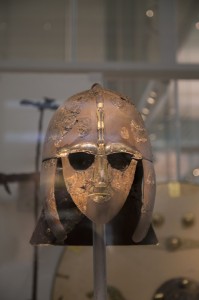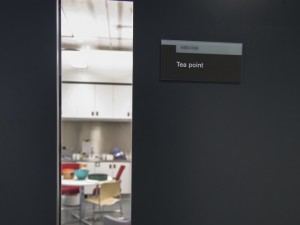The stars, the world, and two old friends
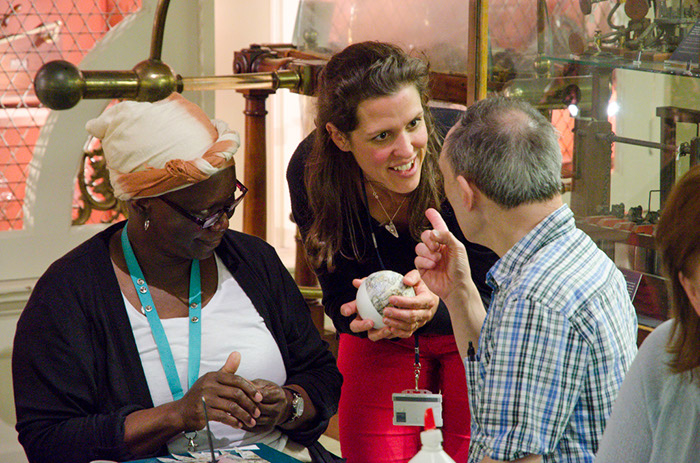
The Museum regularly hosts workshops for lots of different audiences – adults, families, prospective students, and school groups – as a way of providing access to the collections through hands-on activities. Working with the Oxford University Museums and Collections outreach team, we recently delivered a workshop for adults with learning disabilities, focused on the Museum’s collections of terrestrial and celestial globes.
Community outreach officer Nicola Bird welcomed 17 adults and their helpers for a morning of discovery here. The group searched for globes over the three galleries, looking for signs, constellations, oceans and countries that they recognised. They discussed with wonder how previous generations mapped the world and the stars using ancient and emerging techniques; and they considered the globes’ uses in navigation and time-telling.
After exploring the Museum, everyone gathered around the large table in the Basement Gallery to have a go at making their own globes to take home to show friends and families.
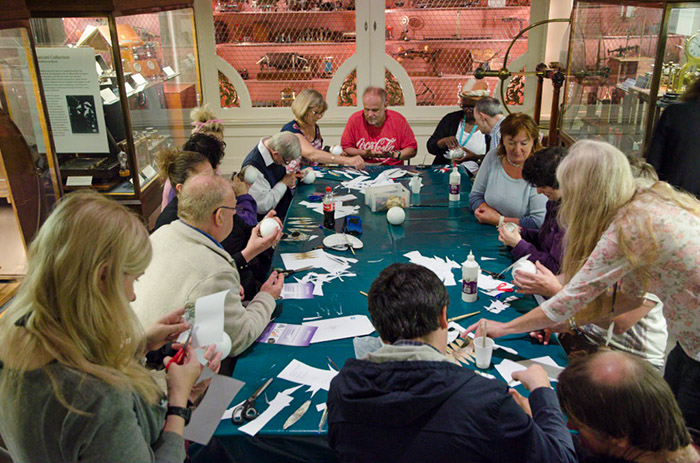
Everyone has a go at making their own terrestrial or celestial globe
“We all had such a fantastic time – people had the opportunity to show off how much they already knew about globes and how we use them. Everyone made and took home at least one globe: I was very impressed with everyone’s knowledge and ability to make the globes, covering them with 12 segments from the map,” says Nicola Bird.
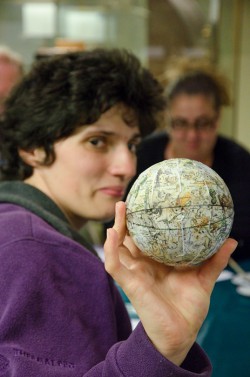
The finished article
It’s great to hear that the participants enjoyed the session too, learning about the Museum at the same time: “I enjoyed discovering a space I never knew existed, creating my very own celestial globe. I would like to return to the museum as a regular member of the public.”
As with most workshops, there was an element of the unpredictable too. During the session, one man recognised an old friend, someone he had not seen for over 20 years. The pair used to have a cup of tea together every week and really enjoyed seeing each other again after such a long time. What a coincidence. You might say that it was written in the stars…
These workshops are organised in partnership with the Community Education outreach officers, the Museum, and Paula Simmonds from Oxfordshire Skills and Learning Service. Paula coordinates workshops and classes all over the county for people with learning disabilities.
Oxford University Museums and Collections Outreach is led by Susan Griffiths and Nicola Bird who represent the University’s Museum of the History of Science, Ashmolean, Pitt Rivers Museum, Museum of Natural History, and the Botanic Garden and Harcourt Arboretum. The team aims to break down real or perceived barriers to visiting the University’s museums and collections by taking collections material out to groups all over the county. To find out more, visit the outreach website.
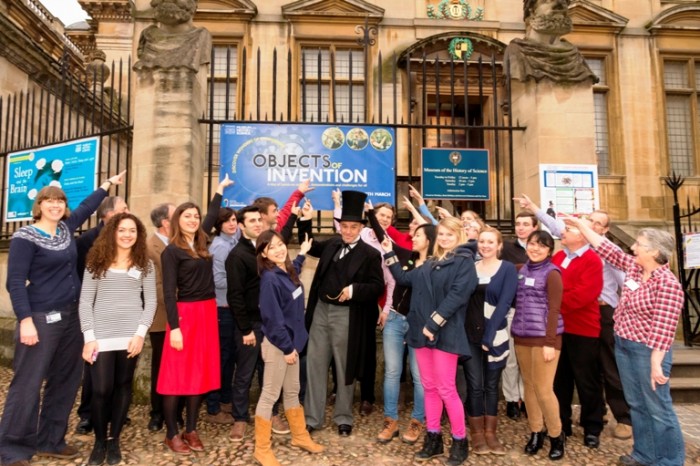

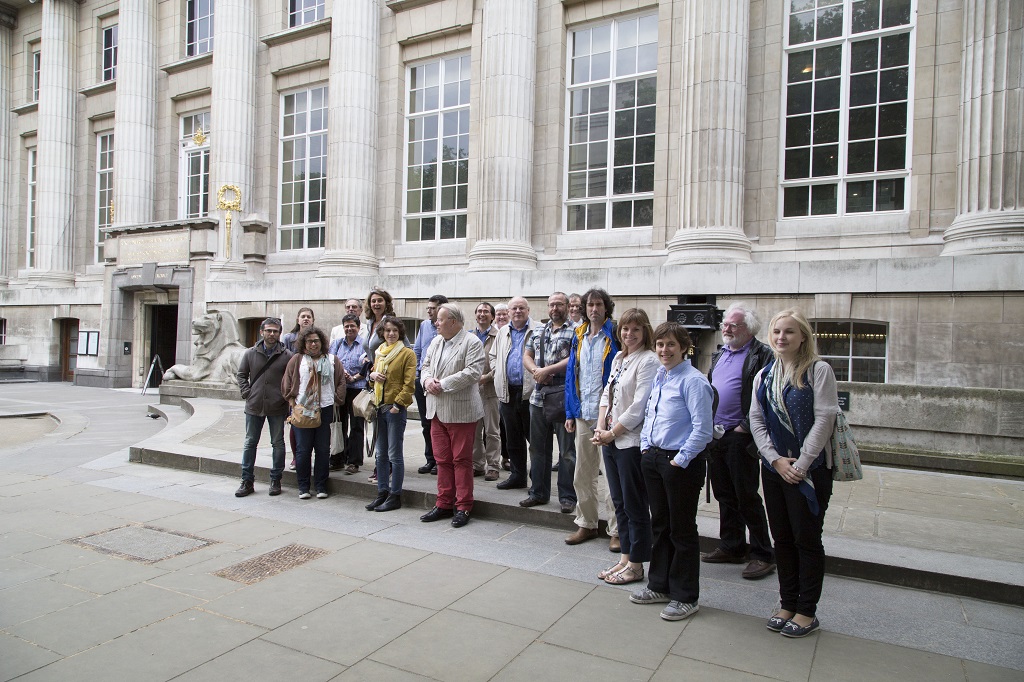 Earlier this week a rare event occurred: all the staff at the MHS (well, lots of us anyway) headed away from the Museum for a day out together. It was part pleasure, part professional – visiting the
Earlier this week a rare event occurred: all the staff at the MHS (well, lots of us anyway) headed away from the Museum for a day out together. It was part pleasure, part professional – visiting the 